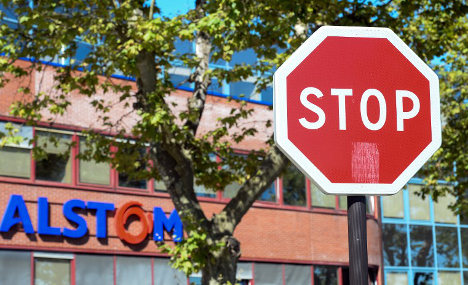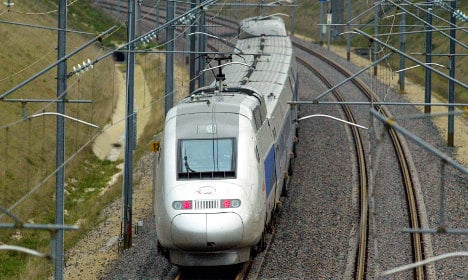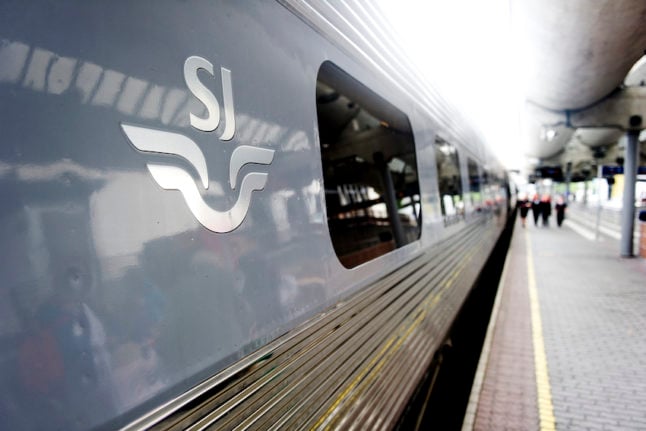The announcement was made by France's secretary of state for industry Christophe Sirugue on a visit to the Alstom factory in Belfort, eastern France.
Normally the state-owned rail operator SNCF would be in charge of ordering new trains but given the plight of the Belfort factory and the small matter of a looming presidential election the government has chosen to act on its own.
As well as the 15 TGVs that will serve the intercity lines between Bordeaux and Marseille and between Montpellier and Perpignan.
These are not actually high-speed LGV (Lignes a Grande Vitesse) rail lines suitable for TGV trains, but the government envisages them being upgraded in the future.
The factory will also build six trains that will run from Paris to Turin and Milan that had already been planned for.
The bill for the government is believed to be worth some €500 million.
As part of the agreement Alstom will invest €40 million ($45 million) in the plant.
In another move by the government the Belfort factory will also be given the job of building electric buses in a partner ship with car giant Peugeot. And the site will also become the main centre for train maintenance .
The state rail operator SNCF has also ordered 20 diesel locomotives for repair work on trains.
The government was forced to act to save the factory after Alstom, which is 20-percent owned by the state, and announced last month it would halt production at the factory in eastern France by 2018.
The government swung into action, promising that the factory would be saved, only for Alstom to fire back that it would be “impossible” to continue operations at the site.
 (AFP)
(AFP)
Prime Minister Manuel Valls said the plan to close a plant where Alstom built its first steam train in 1880 was “out of the question”.
Valls said the government was determined to keep the plant open and was working to generate new orders for a site where 400 people are employed.
President Francois Hollande added a pledge that the government would do “all it can to ensure that the Belfort site can keep going… for many years.”
But that was not enough for Alstom CEO Henri Poupart-Lafarge, who insisted that the firm had “maintained production at Belfort as long as we could”.
A lack of orders “now makes a long-term future for activities of the Belfort site impossible,” Poupart-Lafarge said in a message to employees.
With a presidential election looming next year, the tug-of-war over the Alstom factory will bring back painful memories for Hollande.
In his 2012 election campaign, Hollande promised he would keep open an ArcelorMittal steel plant in the eastern town of Florange.
When it closed in 2013 despite his efforts, the sacked workers accused the government of betraying them.
The Belfort factory has a similar resonance for an entire region — the town's slogan is: “Alstom is Belfort, Belfort is Alstom.”
Not only was the company's first steam train built there, it also produced the first of the TGV high-speed trains in 1978, riding a wave of national pride at a project that was the envy of the rest of Europe.
To this day, every TGV locomotive is assembled at Belfort.



 Please whitelist us to continue reading.
Please whitelist us to continue reading.
Member comments